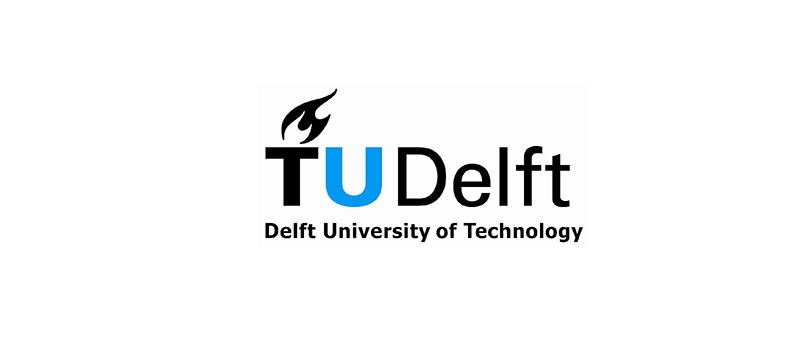
About this course
There is no doubt that the quantum computer and the quantum internet have many profound applications, they may change the way we think about information, and they could completely change our daily life.
But how do a quantum computer and a quantum internet work? What scientific principles are behind it? What kind of software and protocols do we need for a quantum computer and a quantum internet?
Which disciplines of science and engineering are needed to develop these? And how can we operate a fully working system? In this series of two MOOCs, we take you through all layers of a quantum computer and a quantum internet. In part 1 we explained the first layer: the qubits.
We introduced the most promising quantum platforms and discussed how to do quantum operations on the physical qubits.
In part 2 we will introduce the other layers needed to build and operate a quantum computer and a quantum internet, such as the quantum classical interface, micro-architecture, compilers, quantum error correction, networks and protocols and quantum algorithms.
These two courses offer you an opportunity to deepen your knowledge by continuing the journey started in our first MOOC, which focused on the applications of a quantum computer and a quantum internet.
Note that these courses offer a full overview of the layers of a quantum computer and a quantum internet, and therefore they will not go into too much detail per layer.
For learners seeking to fully understand one specific topic we can recommend other courses authored by QuTech: In the field of Quantum Internet: Quantum Cryptography In the field of topological phenomena: Topology in Condensed Matter: Tying Quantum Knots.
This course is authored by experts from the QuTech research center at Delft University of Technology. In the center, scientists and engineers work together to enhance research and development in quantum technology.
QuTech Academy’s aim is to inspire, share and disseminate knowledge about the latest developments in quantum technology.